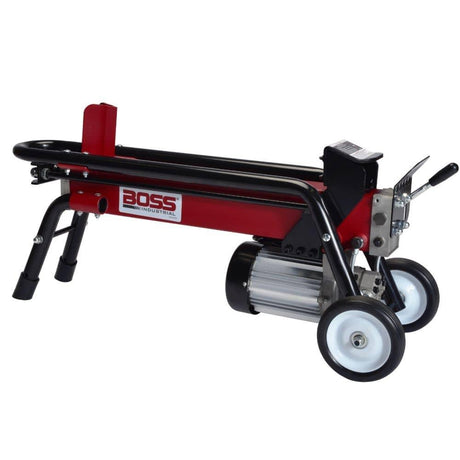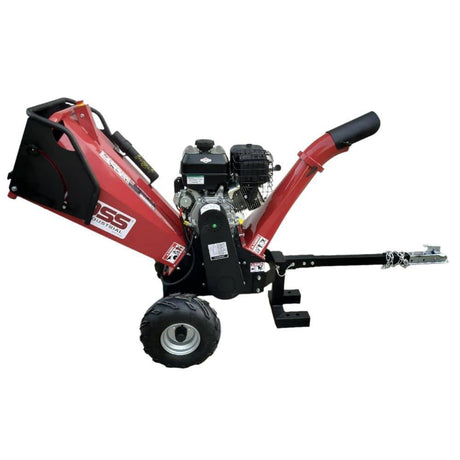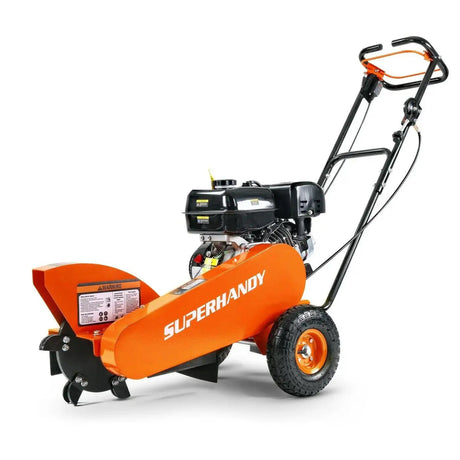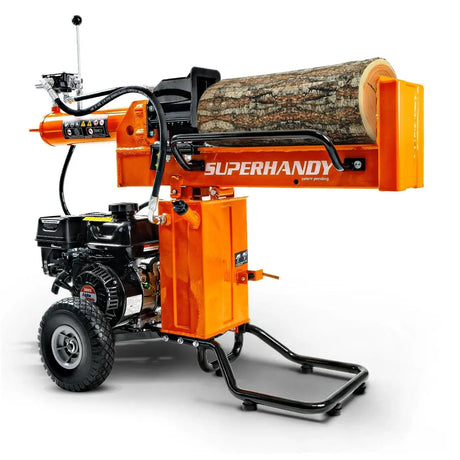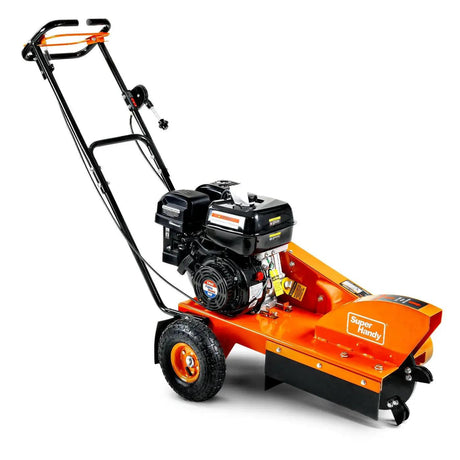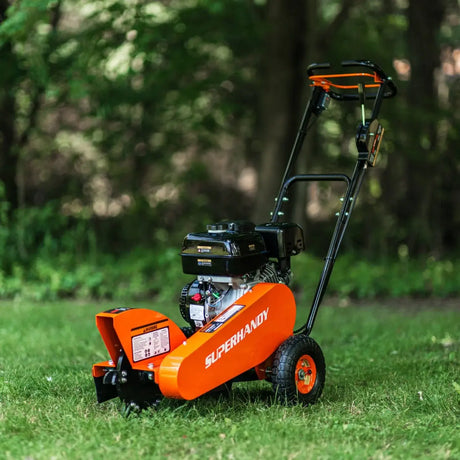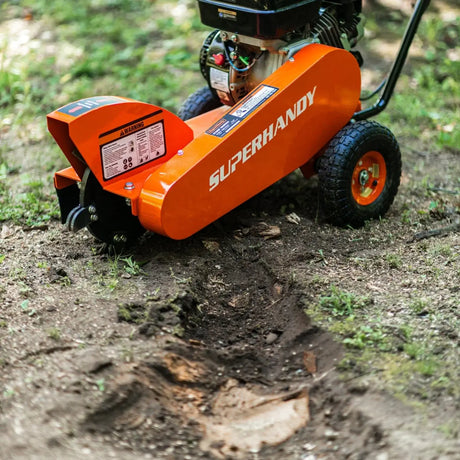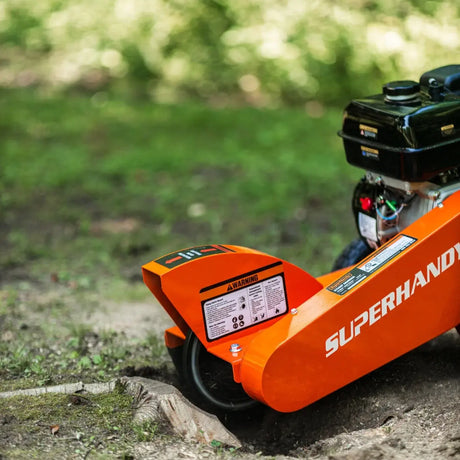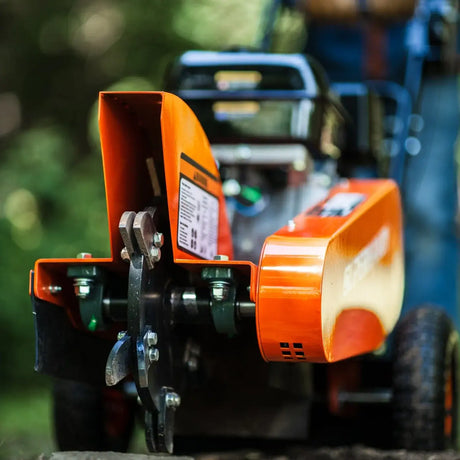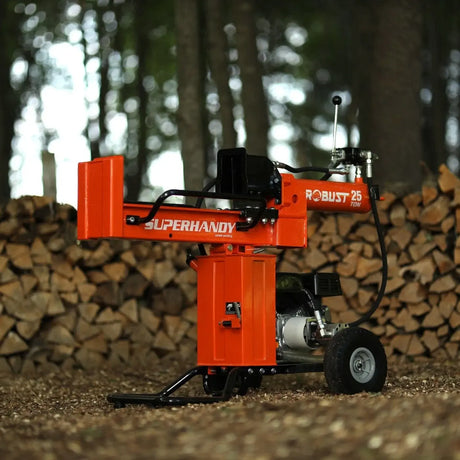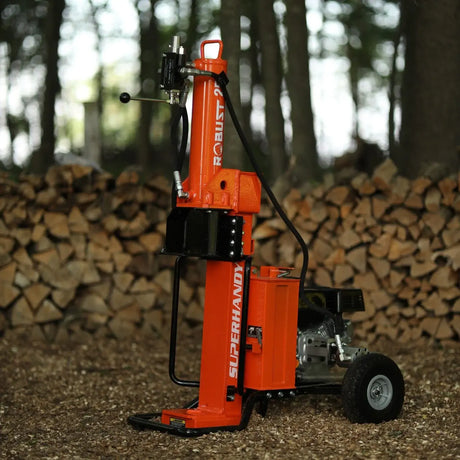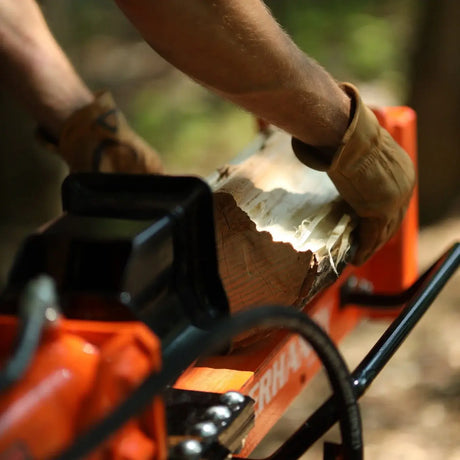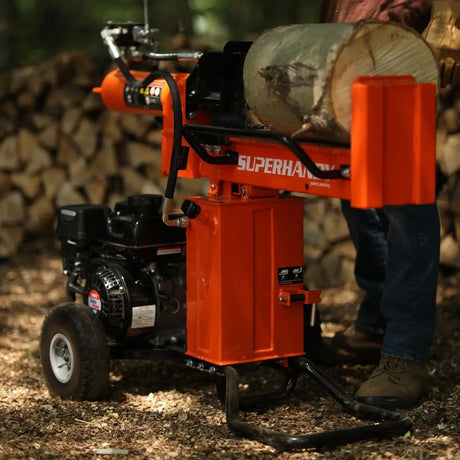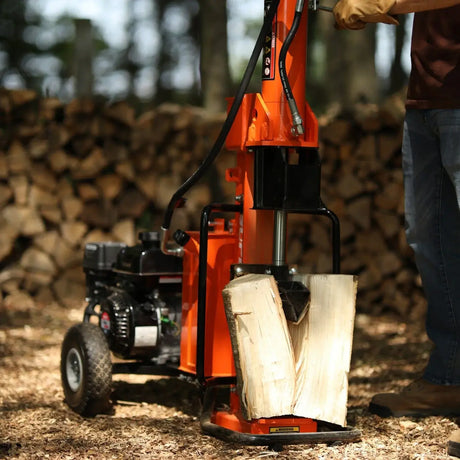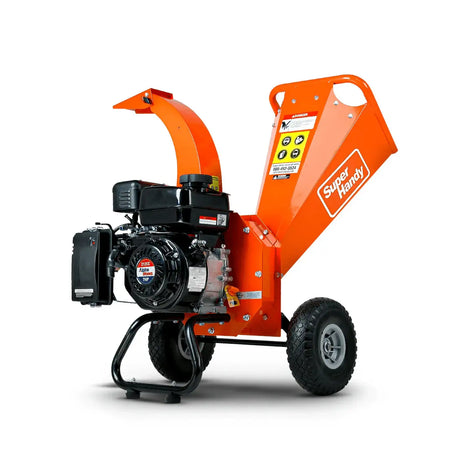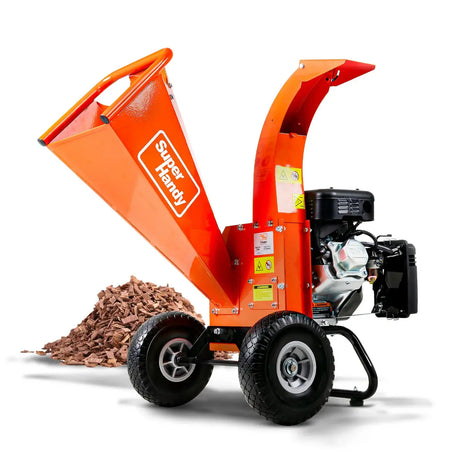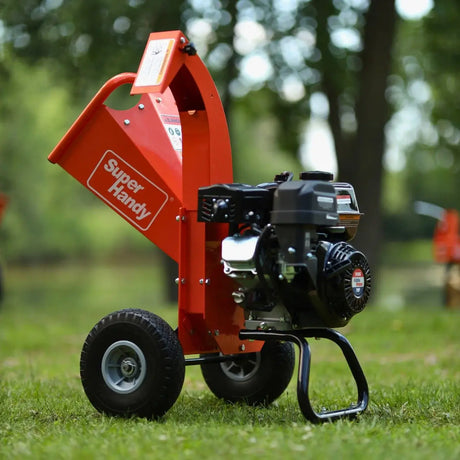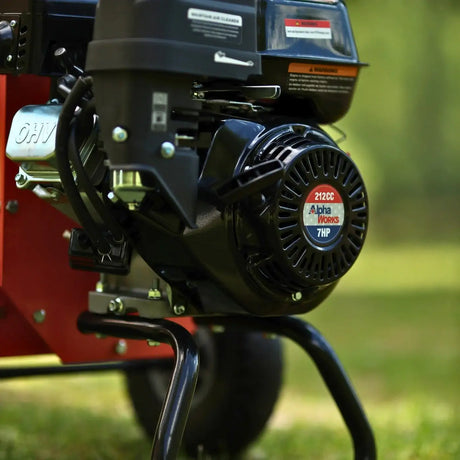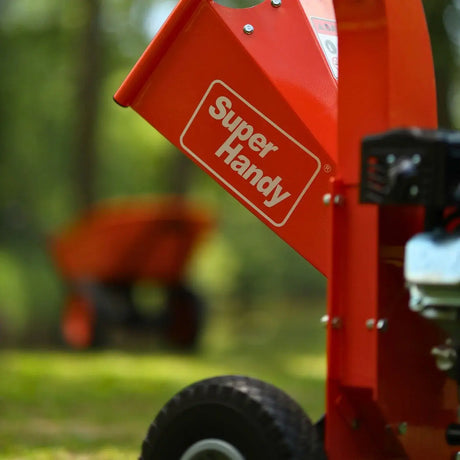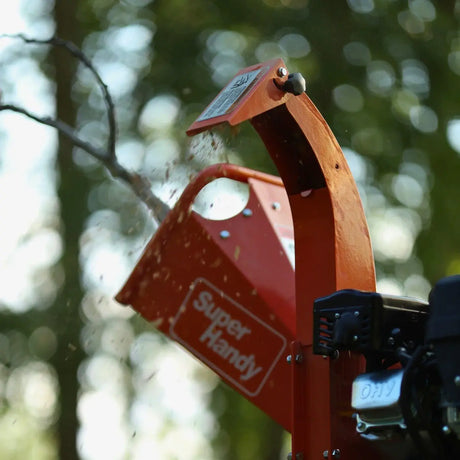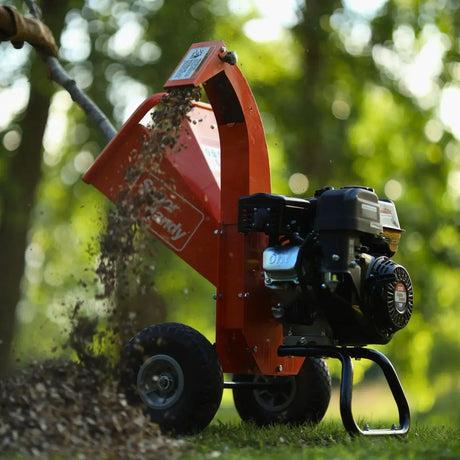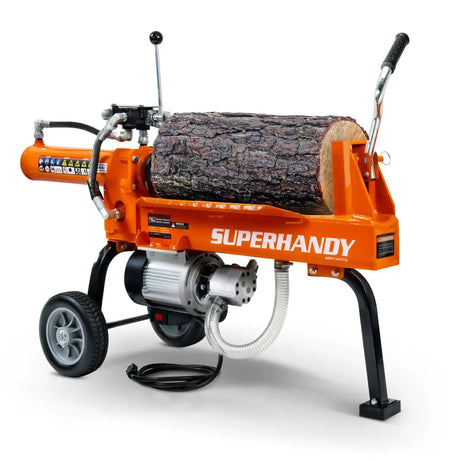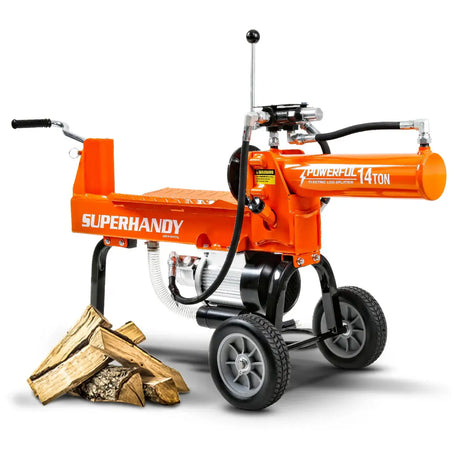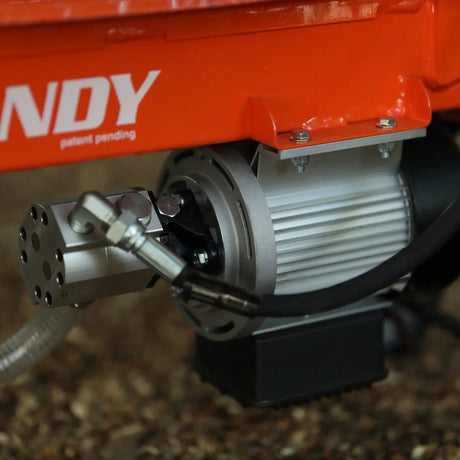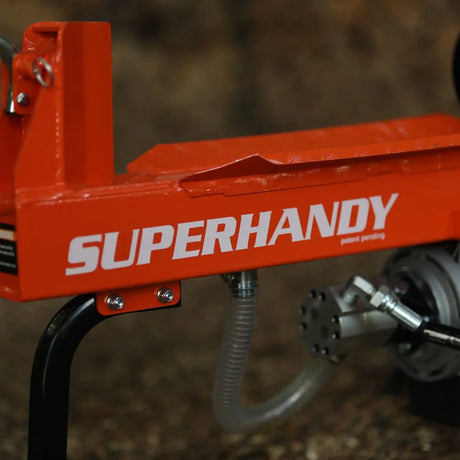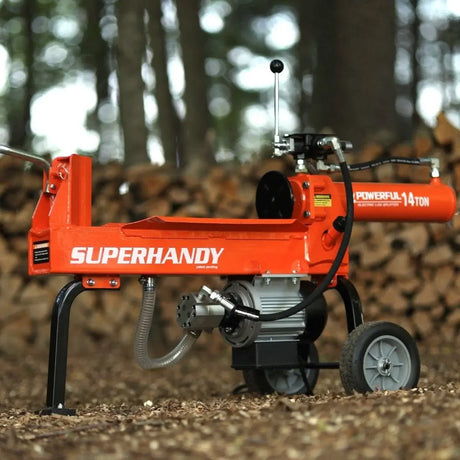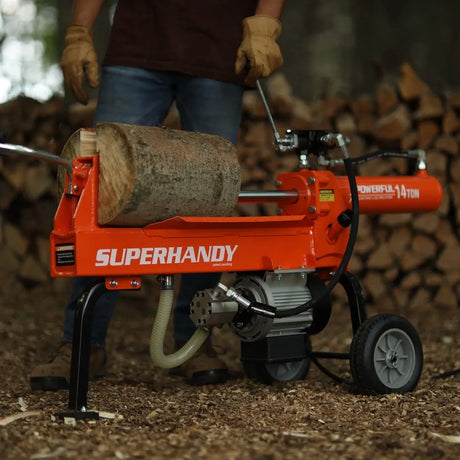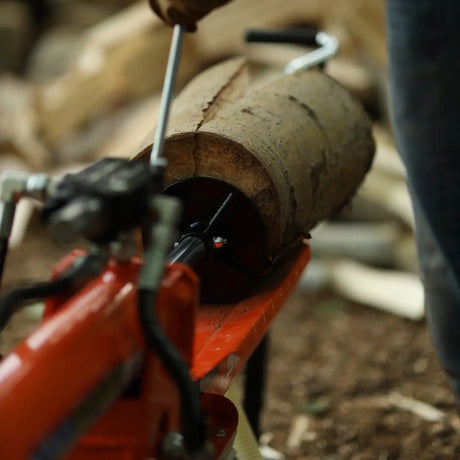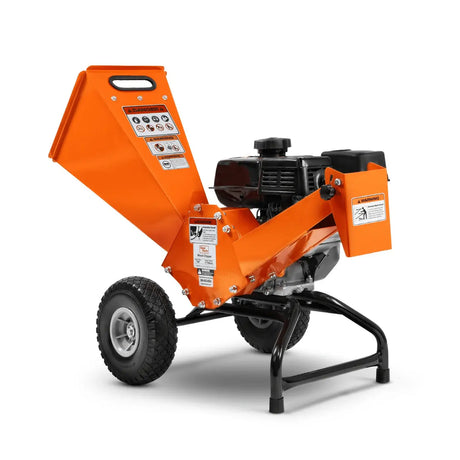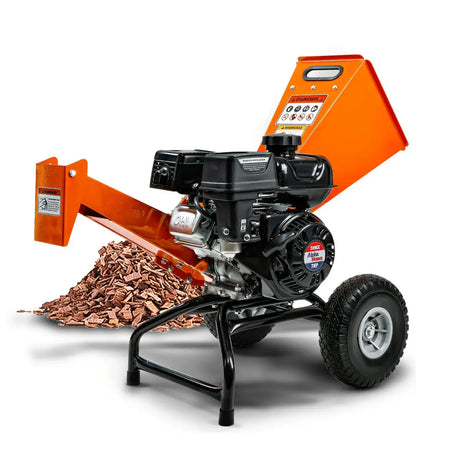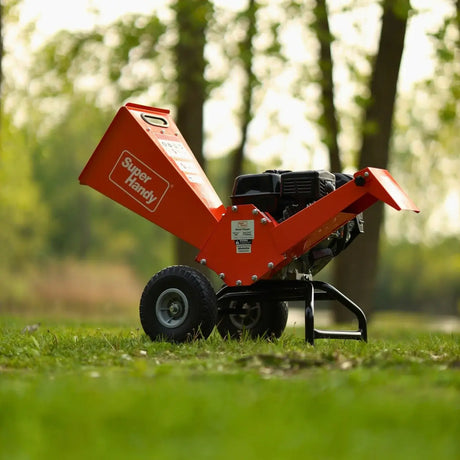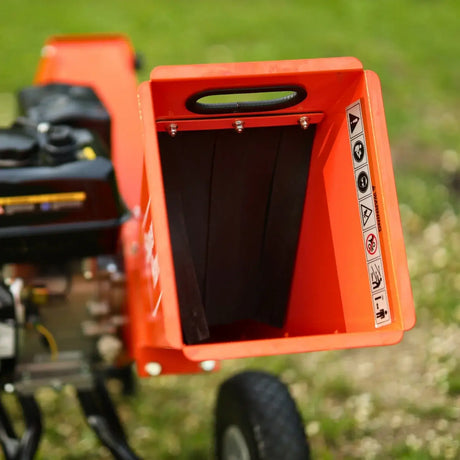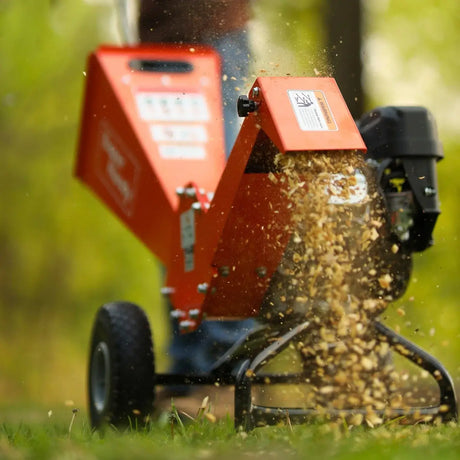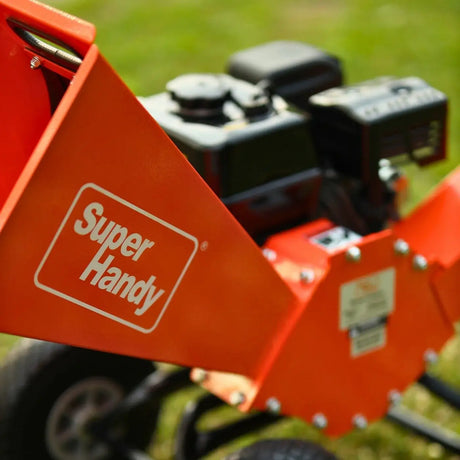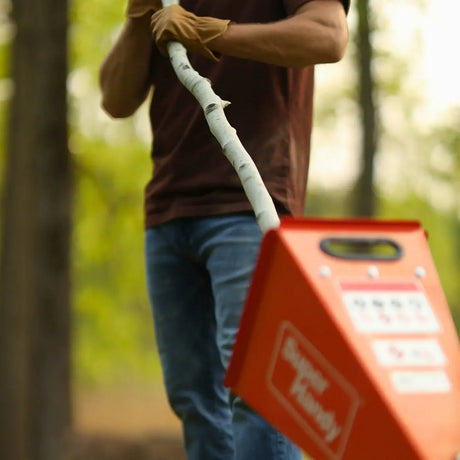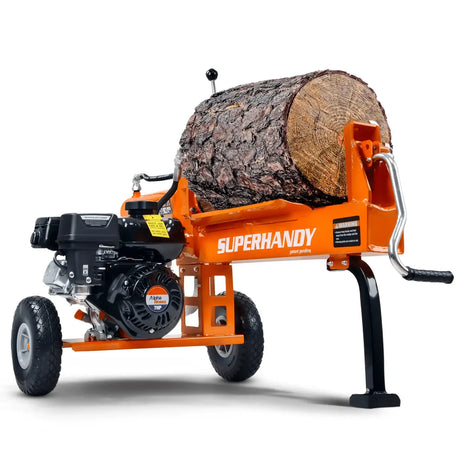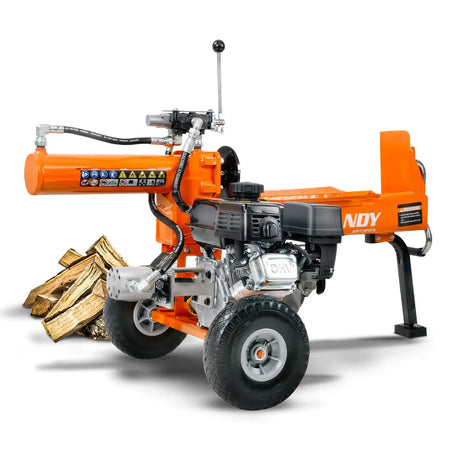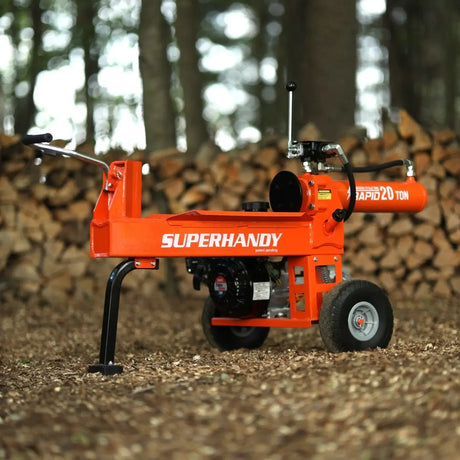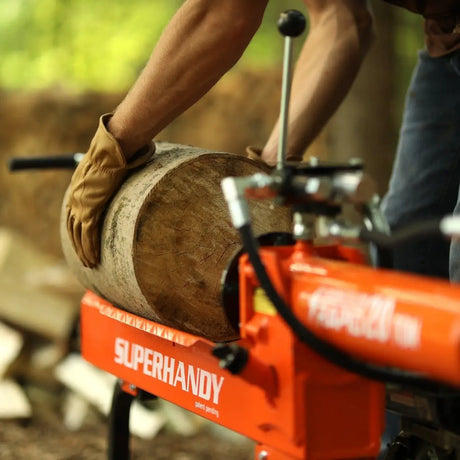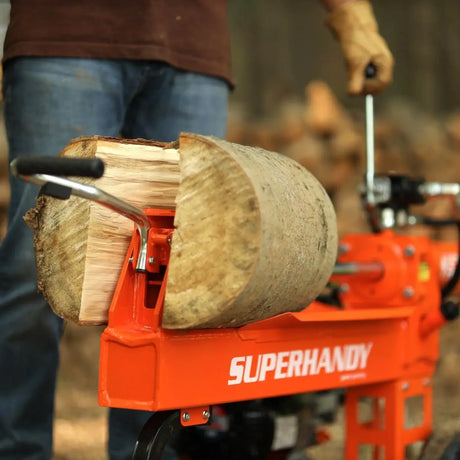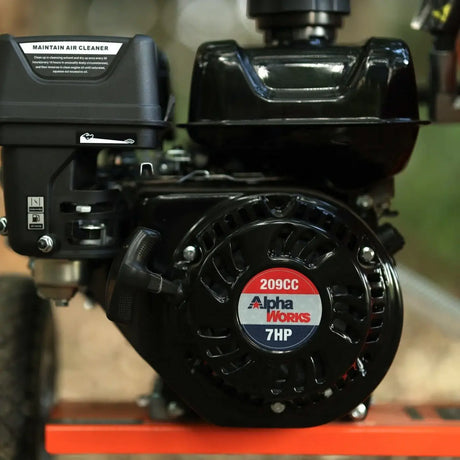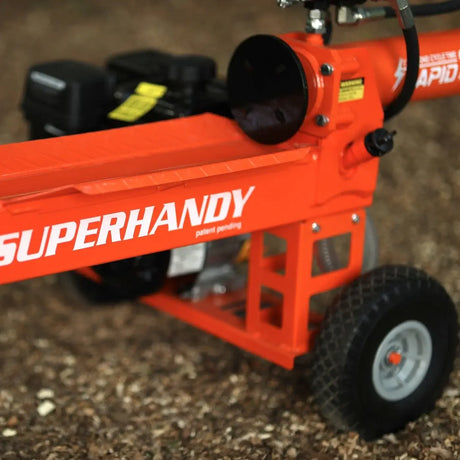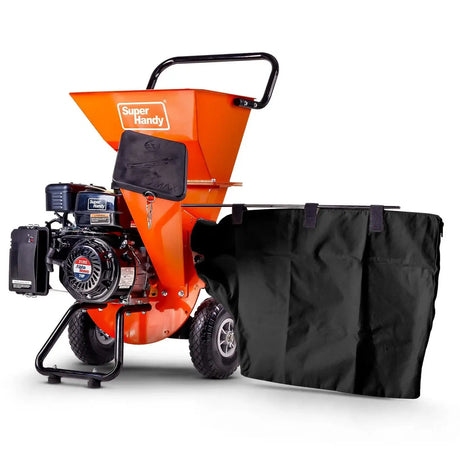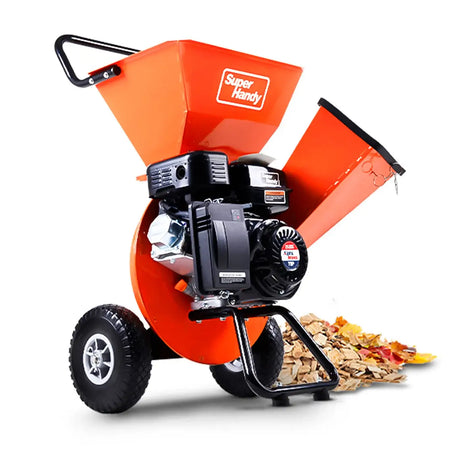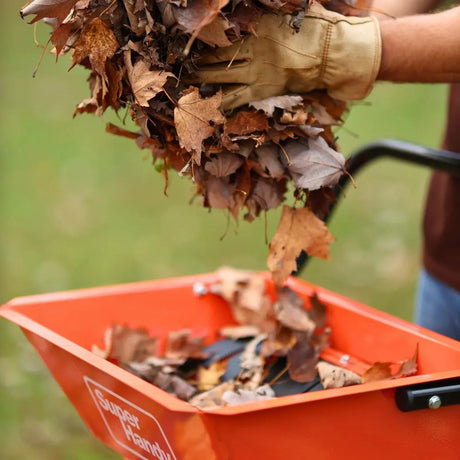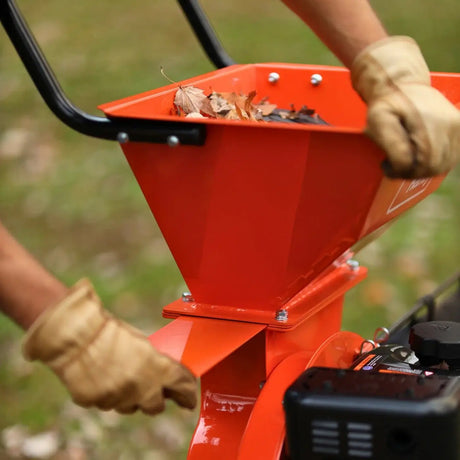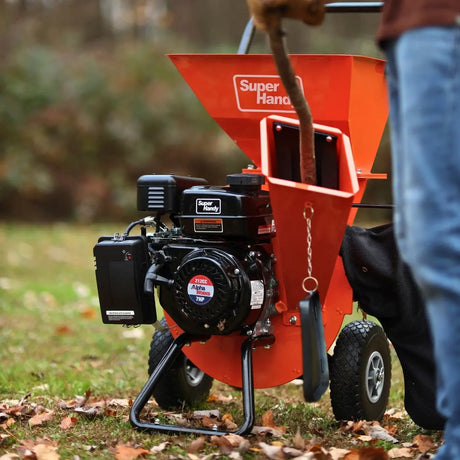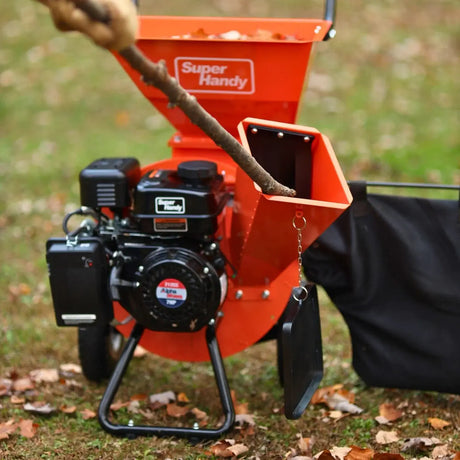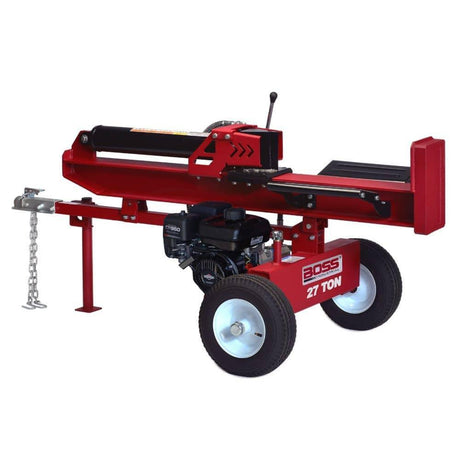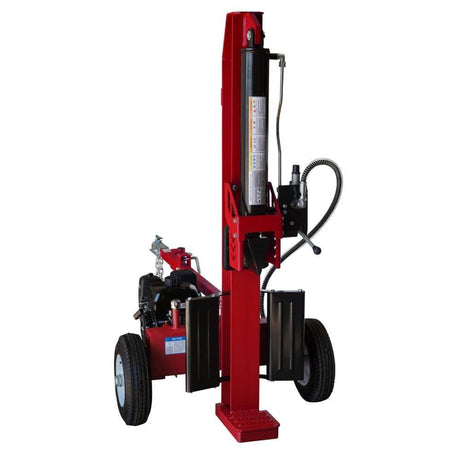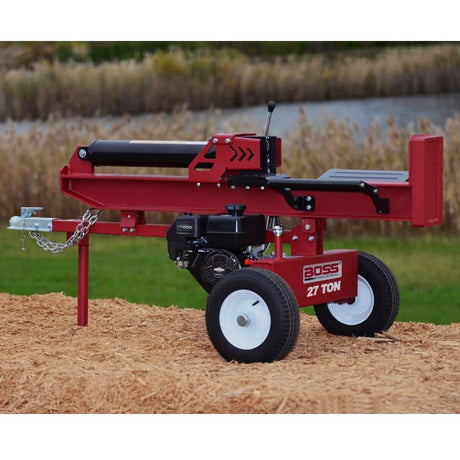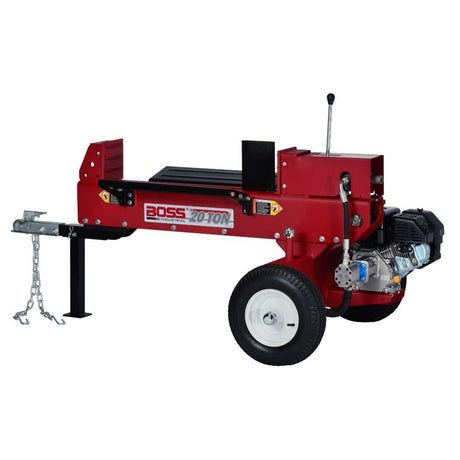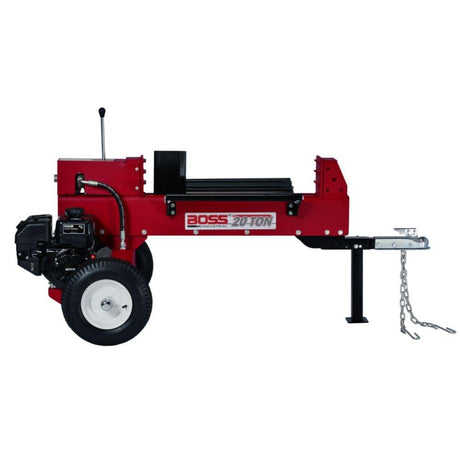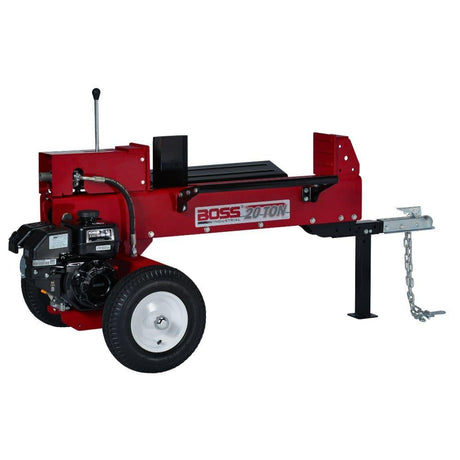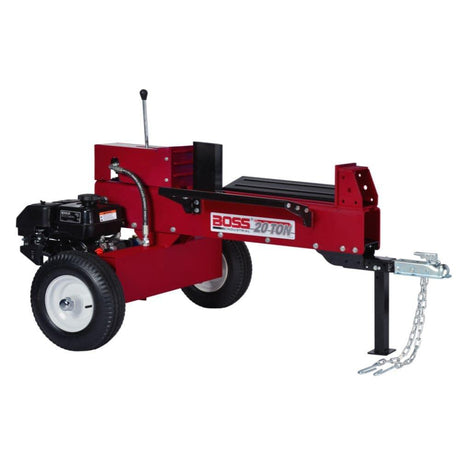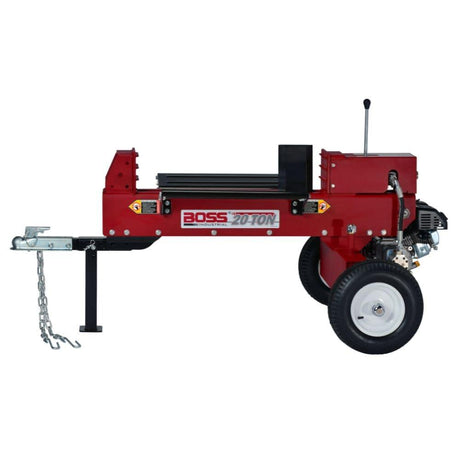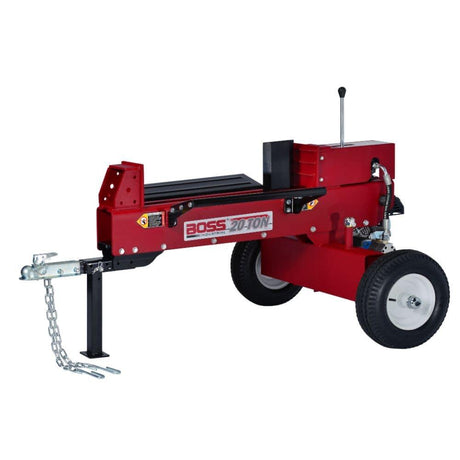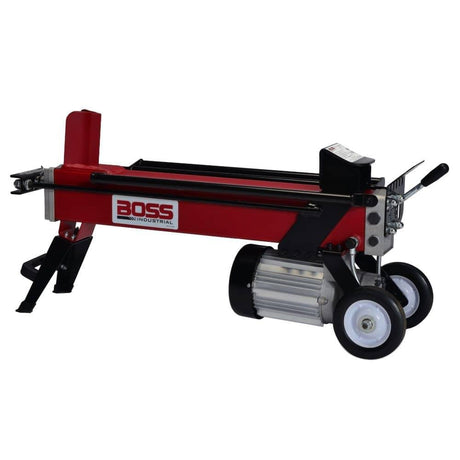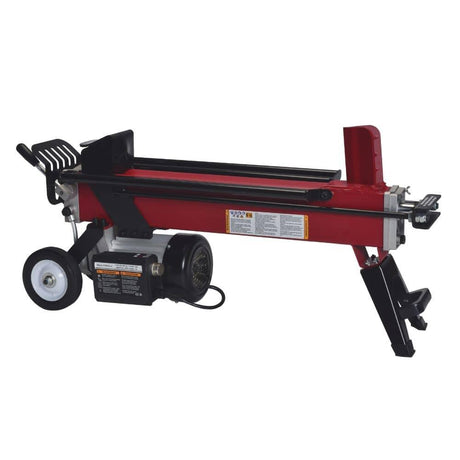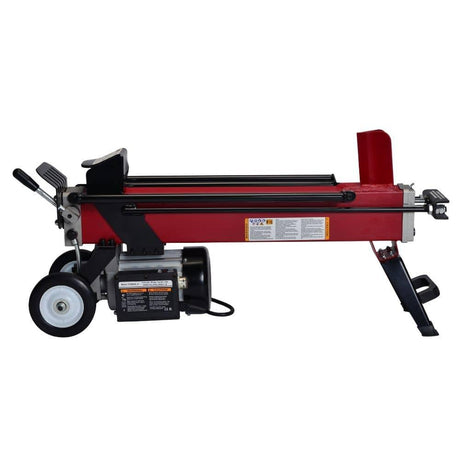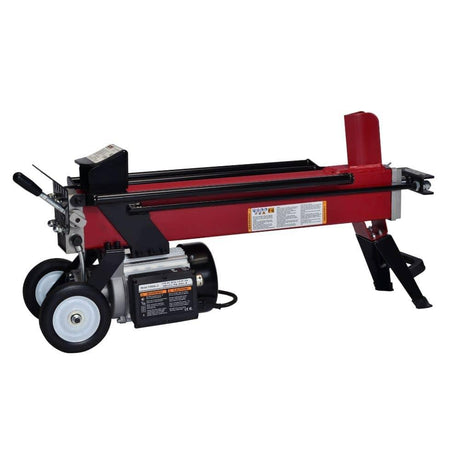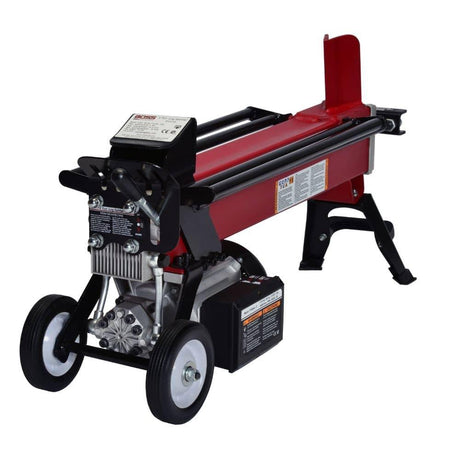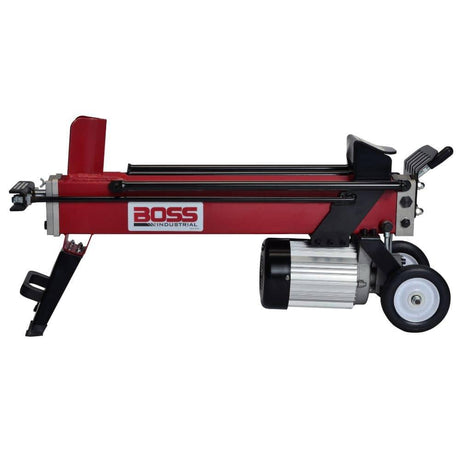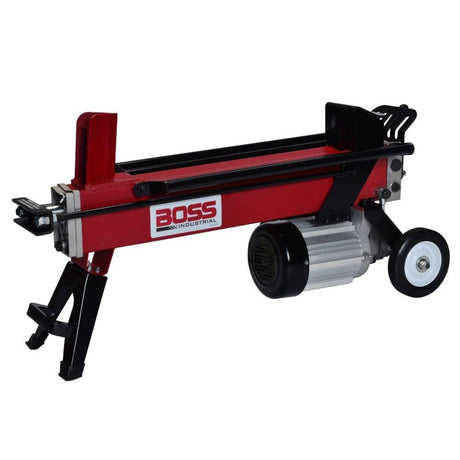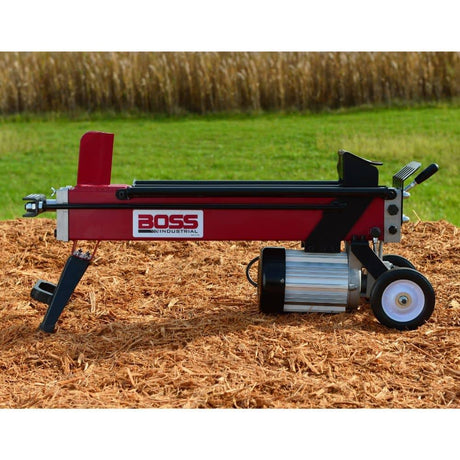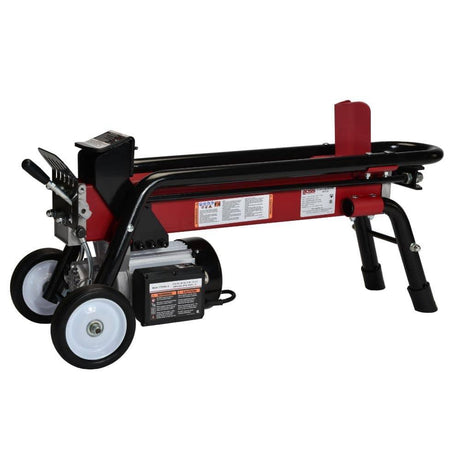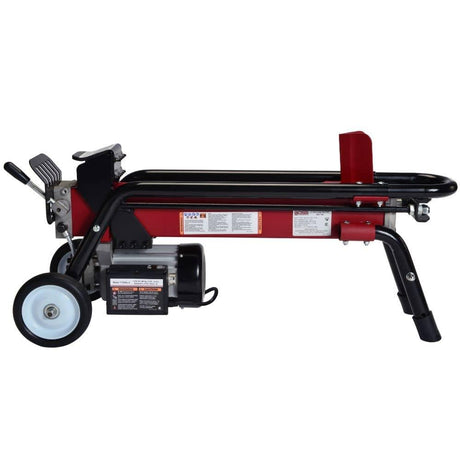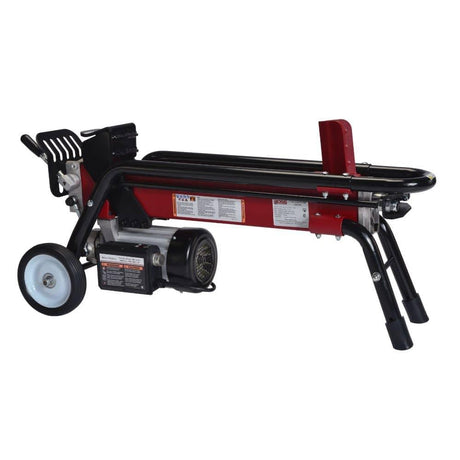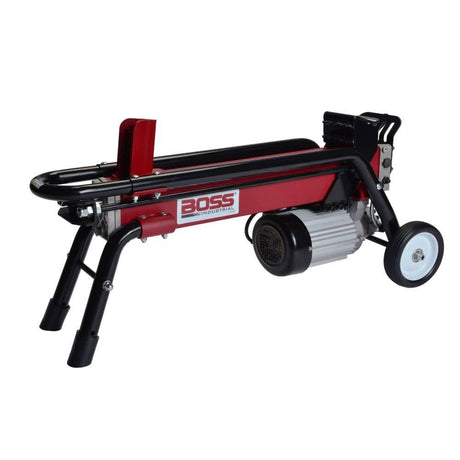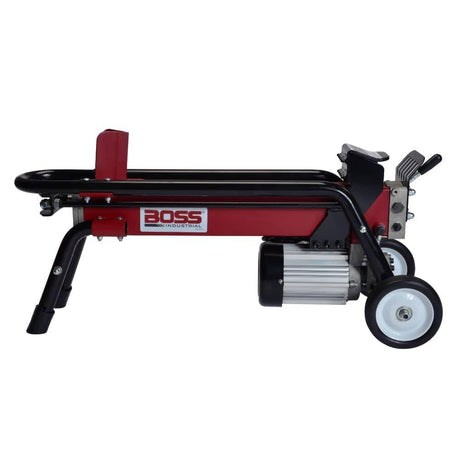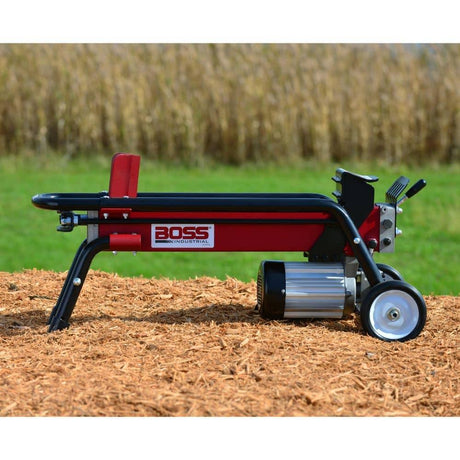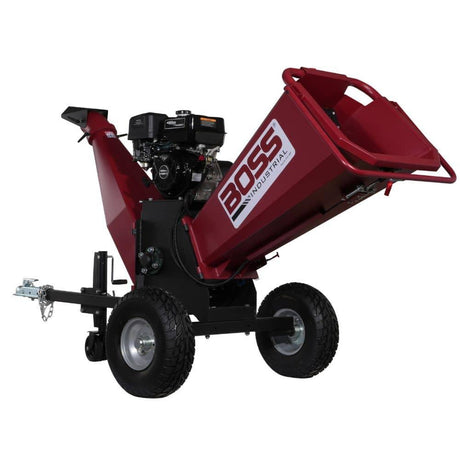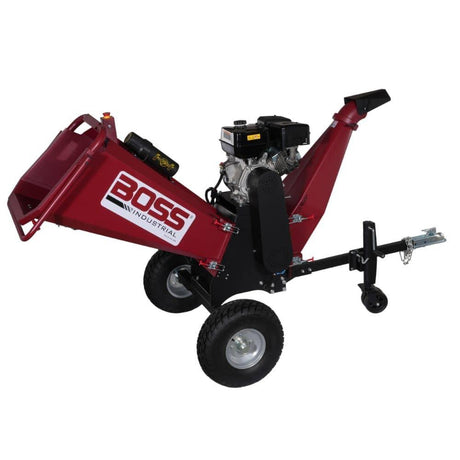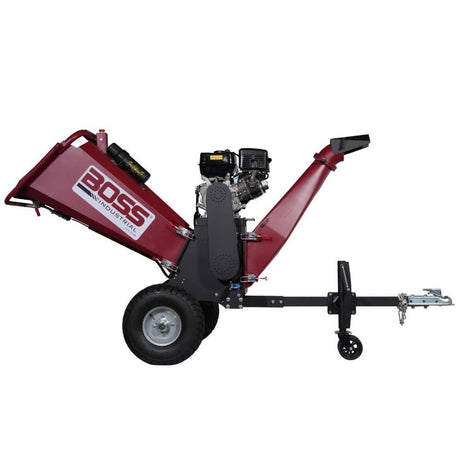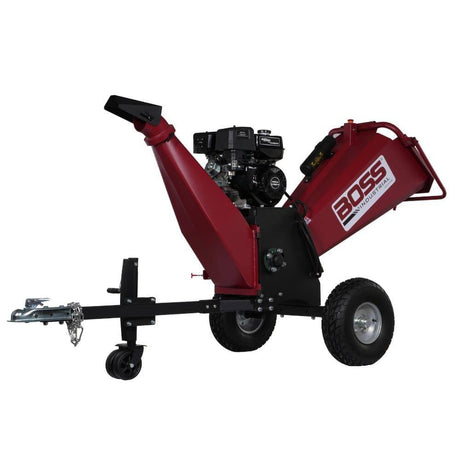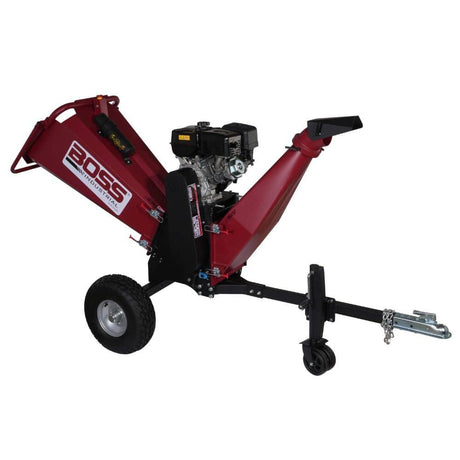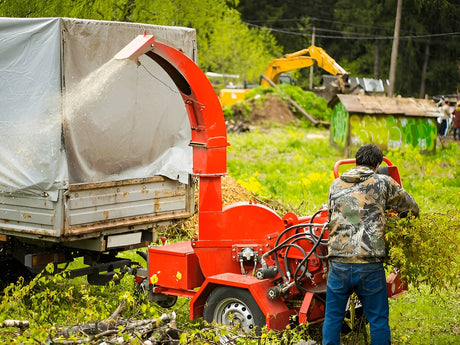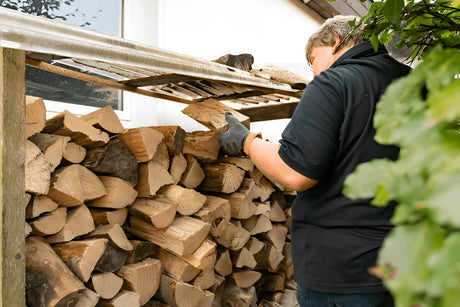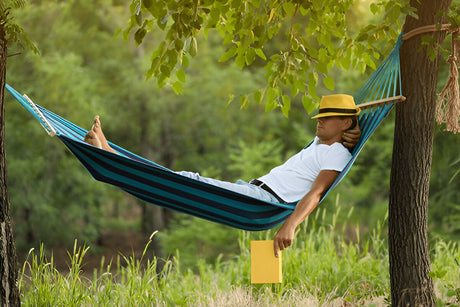The Easiest Way to Get Rid of Branches After a Storm: Simple Cleanup Tips
Key Takeaways
- The easiest way to get rid of branches after a storm is to combine fast disposal with smart repurposing.
- Wood chippers and local yard waste services help reduce bulk and make cleanup faster.
- Fallen tree branches can be reused for mulch, firewood, or even creative garden projects.

Quick and Efficient Branch Cleanup Methods
Rent a Dumpster for Yard Debris
After a major storm, the amount of tree debris and limbs on your property can be overwhelming. Renting a dumpster is one of the fastest ways to clear large piles of fallen tree branches, tree limbs, and small logs. It saves trips to the dump and keeps your yard organized during cleanup.
Before renting:
- Confirm dumpster placement rules with your city or HOA to avoid fines.
- Keep yard debris separate from household waste-this makes disposal easier.
- Watch the weight limit-wet wood can add up fast after a storm.
This method is especially effective after heavy storm damage or when you're dealing with multiple downed trees across a large yard.

Schedule Curbside Pickup
Most cities offer temporary yard waste pickup after severe weather, but you'll need to schedule it. Don't wait until your fallen branches start to rot or harbor insects.
To speed things up:
- Contact your waste provider for pickup dates and rules.
- Bundle smaller branches neatly or place tree debris in approved bags.
- Ask if large branches or fallen trees require special handling.
Every city's system is different, so always check local laws before setting piles by the curb.

Use Community Yard Waste Services
Some rural areas and HOAs offer seasonal drop-off zones for storm damaged trees, tree limbs, and fallen branches. These locations are ideal when your town doesn't offer pickup or your piles are too large for curbside.
Here's how to take advantage:
- Visit your city's website or contact the Michigan Department or local equivalent for details.
- Confirm which materials are accepted-wood, yard waste, or only bagged debris.
- Avoid open burning unless specifically allowed under local laws-it's restricted in many areas due to fire risk.
Community services are an underrated resource that can save time and reduce stress during major storm cleanup.

DIY Techniques for Removing Storm-Damaged Branches
Gather Smaller Branches into Piles
Begin with what's easy. Rake up smaller branches and twigs into organized piles just a few inches thick. This keeps cleanup manageable and reduces hidden hazards.
- Avoid letting piles sit too long-fallen branches can harbor insects, including ants and beetles.
- Keep piles away from your house or shed to deter pests.
- Use a metal bow rake for efficiency-it grabs more debris than your hands can.
This simple step clears the way for bigger tasks and helps prevent yard debris from spreading.

Employ a Wood Chipper
When it comes to clearing large amounts of tree branches or tree limbs, nothing beats a wood chipper. A wood chipper is the fastest way to reduce bulky tree debris and create usable mulch on-site. It turns bulky debris into usable mulch or wood chips on-site-fast and efficiently.
- Chip tree debris as you go to avoid multiple trips or overflowing piles.
- Use chipped material for compost, garden beds, or ground cover around plants and trees.
- A PTO wood chipper is a game changer for rural properties-just hook it to your tractor's PTO shaft and chip material anywhere on your land.
- Reusing chipped natural resources means less hauling, less waste, and cost savings over time.
Transforming wood chips into mulch can benefit your garden and reduce waste.
This approach is ideal after back-to-back storms when storm cleanup becomes a regular task.

Store Branches for Firewood
If you have a wood stove or enjoy local firewood, save fallen trees and large tree limbs for fuel. It's a practical way to turn storm damaged trees into a valuable resource.
- Cut logs and split wood for faster drying.
- Stack firewood off the ground to prevent rot and cover it to shield from rain.
- Dry wood not only burns hotter and cleaner, but it also deters pests that may hide in damp bark.
Keeping a supply of firewood from storm cleanup makes winter prep easier and gives new life to tree debris that would otherwise go to waste.

Safety Tips for Handling Tree Debris
Wear Protective Gear
Storm cleanup might seem straightforward, but tree debris hides sharp edges, uneven footing, and pests. Always wear:
- Eye protection to shield against flying bark or sawdust
- Heavy-duty gloves for better grip and to avoid cuts
- Ear protection when using loud tools like a wood chipper or chainsaw
- Steel-toe boots for support and protection when lifting tree limbs or fallen branches
Never skip gear. It only takes one slip to turn a cleanup into an emergency.
Avoid Power Lines
Downed power lines are one of the most dangerous post-storm risks.
- Never touch or attempt to move limbs tangled in utility lines
- Even low-hanging lines or those on the ground may still carry current
- Contact your utility company immediately if you spot any issue
If you're not 100% sure it's safe-don't guess. Treat every line as live.
Use Proper Tools
The right equipment matters, especially after storm damaged trees bring down heavy limbs or cause unpredictable hazards.
- Use a sharp chainsaw for large cuts-dull blades are more dangerous than sharp ones
- A stable ladder and safety rope are non-negotiable for elevated work
- For anything involving climbing or chainsaw work, hire a professional tree service
Selecting the appropriate log splitter ensures efficient processing of wood, especially after storm cleanup.
Tree care after a storm is no place for shortcuts. Tree care professionals are trained, insured, and equipped to handle climbing or chainsaw work safely.

Professional Help for Large-Scale Debris Removal
Assess the Need for Professional Help
Not every job is DIY-storm damaged trees, fallen tree branches, and complex tree debris near structures can be dangerous to handle alone. Call in professional help when:
- You're dealing with large branches, downed trees, or uprooted stumps
- The cleanup involves climbing or chainsaw work, especially in unstable areas
- Debris is near your house, fencing, or power lines - safety should come first
If you're unsure, don't guess. A mistake with tree limbs around power lines can be fatal. It's not worth the risk.
Benefits of Hiring Certified Arborists
Hiring a certified arborist or professional tree service brings more than just labor.
- They assess the structural integrity of your trees and recommend proper tree care
- They have the tools, training, and insurance to handle storm debris and fallen trees safely
- Cleanups are faster and safer when done by experienced tree care professionals
Look for certifications from the International Society of Arboriculture or Michigan's chapter. You want someone who knows what they're doing-not just someone with a chainsaw.
Contacting Your Insurance Company
Storm cleanup can be costly. If damage hits your property, act fast:
- Contact your insurance company as soon as possible
- Take photos of storm damage, fallen trees, and debris piles
- Keep records of cleanup quotes and any tree service you hire
Some policies will reimburse cleanup costs or cover part of a professional tree service. Always check before paying out of pocket.

Creative Ways to Repurpose Fallen Branches
Create Garden Pathways
Fallen tree branches and trimmed limbs don't have to go to waste. Turn them into natural pathways that look great and serve a purpose:
- Shred small branches into wood chips with a chipper
- Line trails between garden beds or vegetable plots
- Prevent erosion, especially after heavy rain, and help the ground retain moisture
This keeps your yard clean while enhancing plant health and soil stability.

Build Wildlife Habitats
Leaving some tree debris behind can support the animal habitat on your property.
- Stack branches or limbs in wooded corners to give birds, rabbits, and other small wildlife a safe zone
- Avoid burning everything-fallen branches in the right spot help natural resources stay balanced
- Keeps pests away from your home by attracting beneficial species further from the house
Think of it as passive tree care for your surrounding ecosystem.

Craft Wooden Furniture
There's plenty of value in wood left from large branches or downed trees.
- Use thicker limbs to craft benches, stools, or rustic fencing
- Turn cut pieces into raised beds or simple trellises for climbing plants
- It's a hands-on way to reuse your natural resources and save money
With a little time and the right tools, your storm damage can become part of your next DIY garden project.

Take Branches to a Landfill or Transfer Station
If you've got downed trees, large branches, or too much tree debris for curbside pickup:
- Load everything into a trailer or truck
- Head to a yard waste site or transfer station that accepts storm damage materials
- Keep tree limbs, logs, and fallen branches separate from trash for easier processing
This is one of the most reliable ways to get rid of branches after a storm without delay.
Composting Branches
Don't toss everything-composting turns debris into value.
- Chipped branches break down faster than whole limbs
- Mix them with green waste, yard clippings, and leaves in a compost pile
- End result: nutrient-rich compost that improves soil health in garden beds or around plants
Letting branches decompose naturally is a smart way to recycle storm waste on your property.
Summary
The easiest way to get rid of branches after a storm is to move fast, stay safe, and use the right tools for the job.
- Wood chippers help reduce tree debris, turn fallen branches into mulch, and save trips to the landfill
- Yard waste services like curbside pickup or drop-off zones simplify disposal without burning
- DIY cleanup lets you repurpose storm damaged trees, turning a mess into local firewood or compost
Whether you're clearing downed trees, trimming tree limbs, or restoring your yard after severe weather, having a solid plan-and equipment like a chipper-makes all the difference. With a little effort and the right strategy, you turn storm cleanup into long-term yard improvement.


